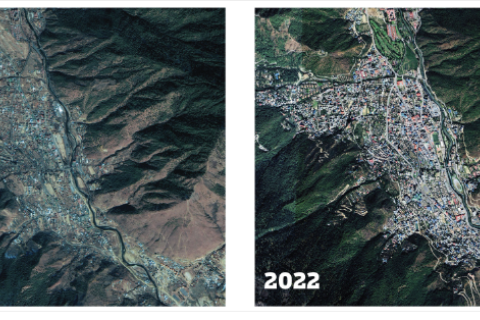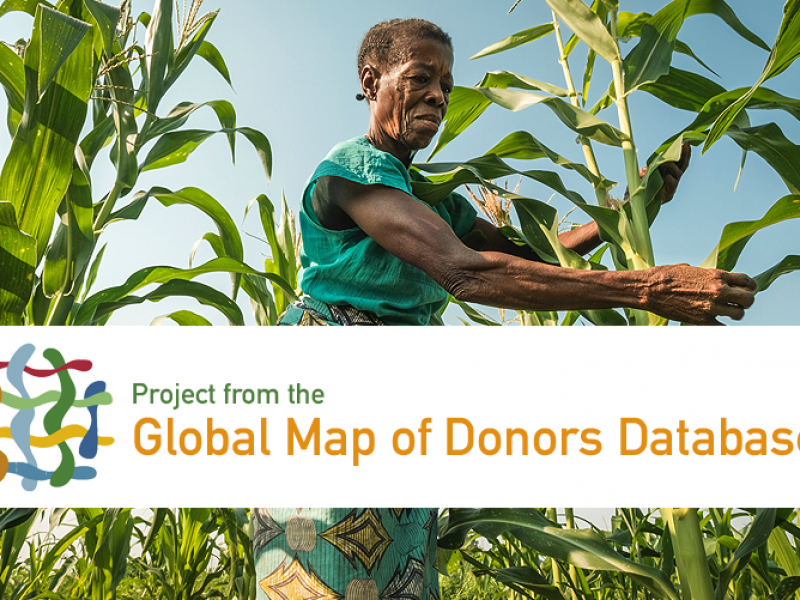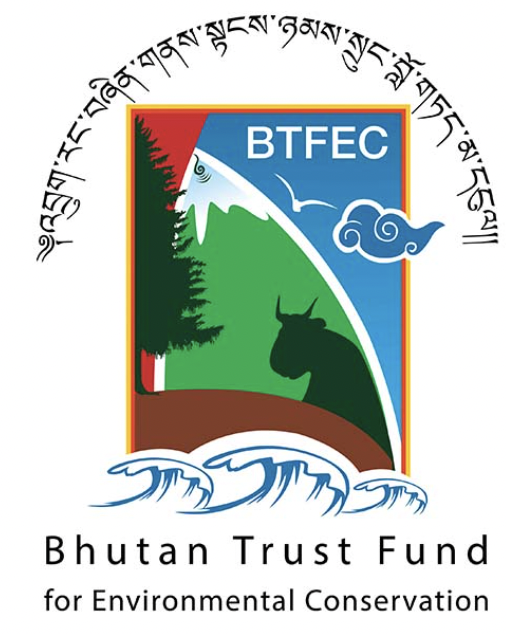Bhutan is a small landlocked country sandwiched between the two economic powerhouses of India and China. It covers 38,394km2, which is slightly smaller than Switzerland. In 2020, the population stood at 771,612, and even though this figure has tripled since 1960, it is still less than 10% the population of present-day Switzerland. Geographically, the country comprises foothills and high mountainous terrain in the eastern Himalayas. Administratively, it is split into twenty dzongkhag (districts).
Socio-economic indicators
browse all
Land Area
3,814,000 ha
GDP/Capita
10,907.9 USD
Total population
777,486
Urban population
40.9 %
Land-related indicators
browse all
Agricultural land
13.6 %
Primary forests
413,000 ha
NewsBrowse all
20 April 2024
What exactly is National Land Use Zoning?
National Land Use Zoning (NLUZ) is a comprehensive framework that serves as a strategic guide for managing and optimising the utilisation of land resources across the country. This systematic approach involves recognising current land use patterns, re-…
04 February 2023
The natural water cycle is impacted by buildings and sealed surfaces generating stormwater and altering natural water flow. This stormwater from urban centers is loaded with pollutants often serving as a conduit transferring the pollutant into natural water bodies. Stormwater causing local flooding…
15 December 2022
Bhutan’s is the first carbon-negative country in the world.
Bhutan’s government is keen to ensure that the country’s urbanisation doesn’t lead to a huge increase in carbon emissions or come at the expense of its forests.
Initially, three climate smart breakthrough pilot projects will be built…
Land is often registered in the names of women, however, decisions about land may remain with male members of the household
BlogsBrowse all
30 May 2024
Achieving a transformation in behavior necessitates a more protracted timeline compared to structural and other transformative measures. Frequently, transformative endeavors commence with structural modifications, such as altering the organizational framework, renaming departments, or merging units…















